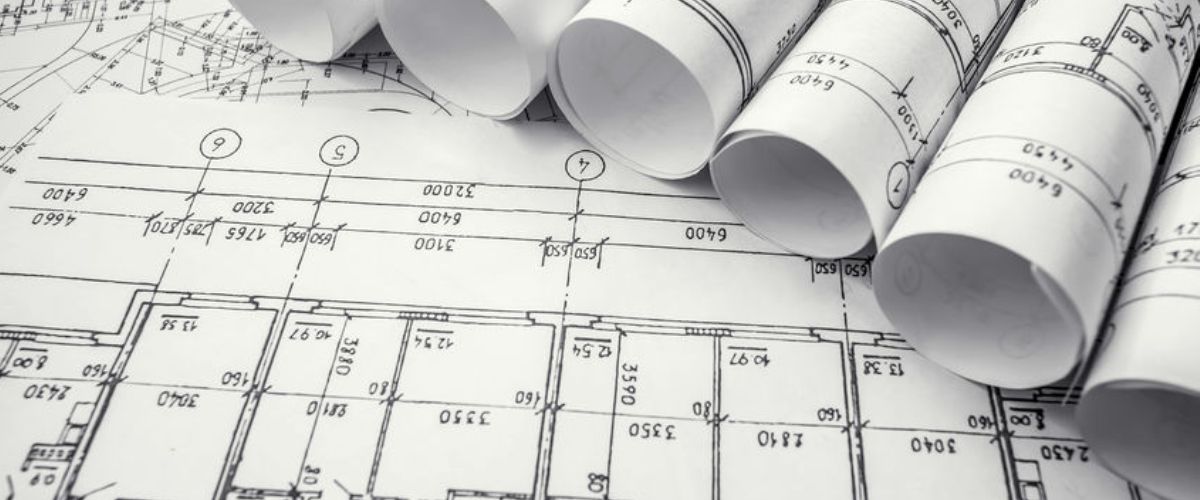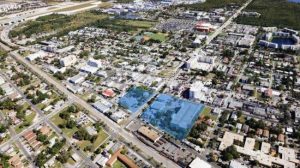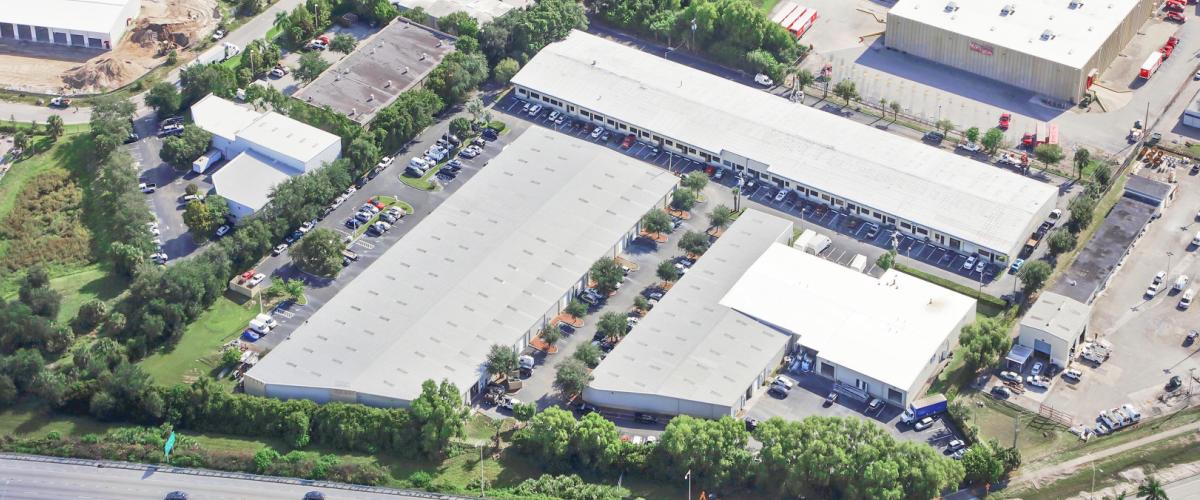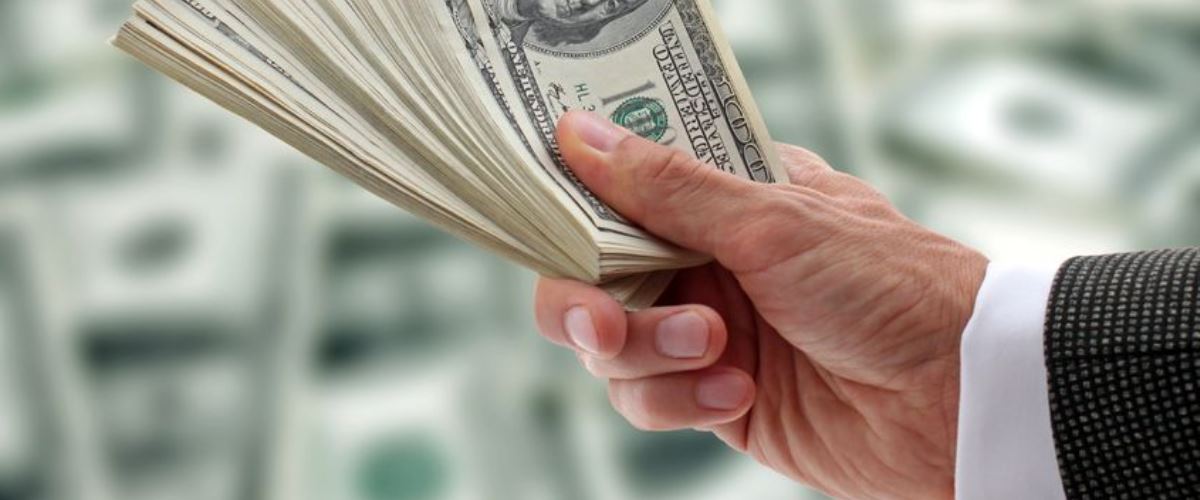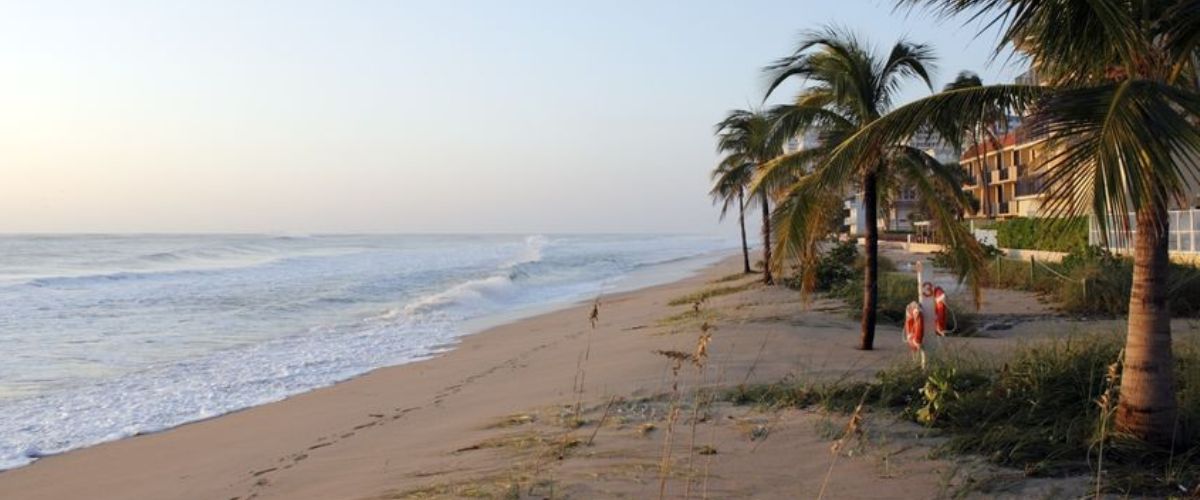The Miami Herald CEO Roundtable, a weekly feature in the Miami Herald Business Monday, ask South Florida CEOs a question each week.
This week’s question is: Should the State of Florida and local governments be offering tax breaks and incentives to lure businesses?
Here are answers from some prominent South Florida CEOs:
- Dr. Edward Abraham, executive vice president for Health Affairs of the University of Miami and CEO of UHealth – the UM Health System
Because these incentives are offered by other states and local governments, we will need to do so as well. It will be important, however, to ensure that the incentives offered are appropriate and that the true economic benefits of the business being located here are clear and compelling.
- Jim Angleton, CEO for Aegis FinServ Corp.
Absolutely, and more: Tax Opportunity Zones, Empowerment Zones, CRA, and play up LatAm Hub. We need to focus upon technology, cyber, AI tax incentives, real community services and favorable talent pool.
- Wael Barsoum, M.D., CEO and president of Cleveland Clinic Florida
Florida is a relatively low tax state, but we tend to have higher local taxes. Tax incentives are one way to help level the playing field.
- Agostinho Alfonso Macedo, president and CEO of Ocean Bank
Tax incentives to lure new business have become part and parcel of the arsenal that economic development agencies such as the Beacon Council use to attract new businesses. They are needed and should be maintained.
- Bill Diggs, president, The Mourning Family Foundation
Of course we should. It is more a matter of what those incentives should include. One area that we must do a better job with is our film and motion picture industry opportunities. With the attraction of Florida and Miami weather, we should have a more robust film industry.
- Brett Beveridge, CEO and founder of The Revenue Optimization Companies (T-ROC)
I am a believer in offering reasonable incentives including tax breaks to attract new businesses and/or entice the expansion of current operations in South Florida for several reasons. First, although South Florida does have a thriving small business and start-up community, we don’t have many large corporations that employ thousands upon thousands of people. Second, and as a defensive measure, in order for us to keep the few large businesses we have and those that are growing rapidly and making decisions on where to locate, we need to be competitive. And third, we want to entice and encourage growth of our current businesses that might not have invested otherwise. All three of these constituencies will add employees that will live and work in South Florida. They will pay property and sales taxes, more jobs will be created, and we will be able to improve our long-term infrastructure. That said, we have to negotiate long-term and rock-solid agreements that guarantee those benefits will actually happen in exchange for the incentives that we provide.
- Chelsea Wilkerson, CEO of Girl Scouts Tropical Florida
Yes, the state of Florida and local governments should be able to offer tax breaks and incentives to lure business when those benefits are thoughtfully and clearly measured. These types of incentives have become a standard recruitment and negotiation tool. If we do not use them, we are less competitive and will miss opportunities. However, tax breaks should be used among a mix of incentives — each with its own return on investment and parameters for use.
- Dorcas L. Wilcox, CEO of Miami Bridge Youth & Family Services
As a state that is dependent on tourism, Florida should offer all it can to recruit legitimate, profitable businesses that will provide jobs and promote traditional family values.
- Gregory Adam Haile, president of Broward College
A 2017 report from the Pew Charitable Trust estimates that state and local governments spend at least $45 billion a year on tax breaks and other incentives to lure or keep job-producing businesses and plants in their jurisdictions, but that this does not always yield the necessary returns. Careful evaluation and monitoring are needed to ensure that the incentives are achieving their intended goals. While incentives have their benefits, it takes more to attract businesses. The state must also invest in other necessary resources and services critical not only for business establishment but their competitiveness and profitability. These include ensuring it can offer an educated and diverse pool of labor, affordable housing, and services such as transportation access that will attract residents.
- Jorge Gonzalez, president and CEO, City National Bank
Yes. We need to drive investment that creates employment in sectors that will solidify our future.
- Louis Hernandez Jr., CEO, of Black Dragon Capital
Tax breaks and incentives are instrumental for state and local economic developers to lure jobs to a region. The benefits will outweigh spending, but the burden should be on the governments to ensure costly incentives aren’t a waste of taxpayer dollars. Florida’s lack of a personal income tax and a relatively low corporate income tax rate help to create an exceptional business climate.
- Paul Singerman, co-chair of Berger Singerman
I think that the state of Florida and local governments should be smart about tax breaks and incentives to lure business. To be sure, I do not think that Florida or local governments should adopt a per se rule against tax breaks and incentives to lure business. Florida and local governments should take these opportunities up whenever possible and evaluate each on its own merits. Relevant questions include: Is this business good for our citizens? Is this an industry that enhances our communities? Are there significant environmental issues that would be implicated by the business of a prospective new entrant to our markets? If tax breaks and incentives are offered, is there a sound return on investment thatthe state and local governments could enjoy?
- James “Jimmy” Tate, co-owner and president of TKA-Evolution Apparel and of Tate Capital; co-founder of Tate Development Corp.
I do believe in incentive programs as long as they are properly monitored and the people responsible for making these determinations follow a strict formula which eliminates biases or the possibility of personal gain. There should be a cost/benefit analysis performed on all such proposals and if the analysis shows the transaction is accretive to the city, county or state, then you do the deal. If it is not accretive, then you walk.
- Rashad D. Thomas, vice president of business connect and community outreach for the Miami Super Bowl Host Committee
In order to compete with the other leading cities in the nation, it is necessary. Miami-Dade currently offers several tax credits and business incentives to attract new businesses, such as the Urban Jobs Tax Credit. This program provides up to $1,000 tax credit per job for new businesses with a minimum of 20 new jobs and for existing businesses with a minimum of 10 new jobs, which are regular and full-time (36 hours or more per week). The State of Florida has lost several projects because of its inability to create a film tax break. It has been reported that the $296 million allocated in state tax incentives, intended to last until 2016, had been spent by 2014, with “Ballers” and “Bloodline.” They were the last two major projects that received state funds. Two years later, the program was shut down. Florida is now currently the only Southeastern state without a program to attract film and television productions. While neighboring states like Georgia, Louisiana, and Alabama continue to benefit from the expanding industry.
- Manny Angelo Varas, president and CEO of MV Construction Group
I believe the city should create tax incentives to lure businesses based on employment and taxable revenue generated.
Source: Miami Herald

